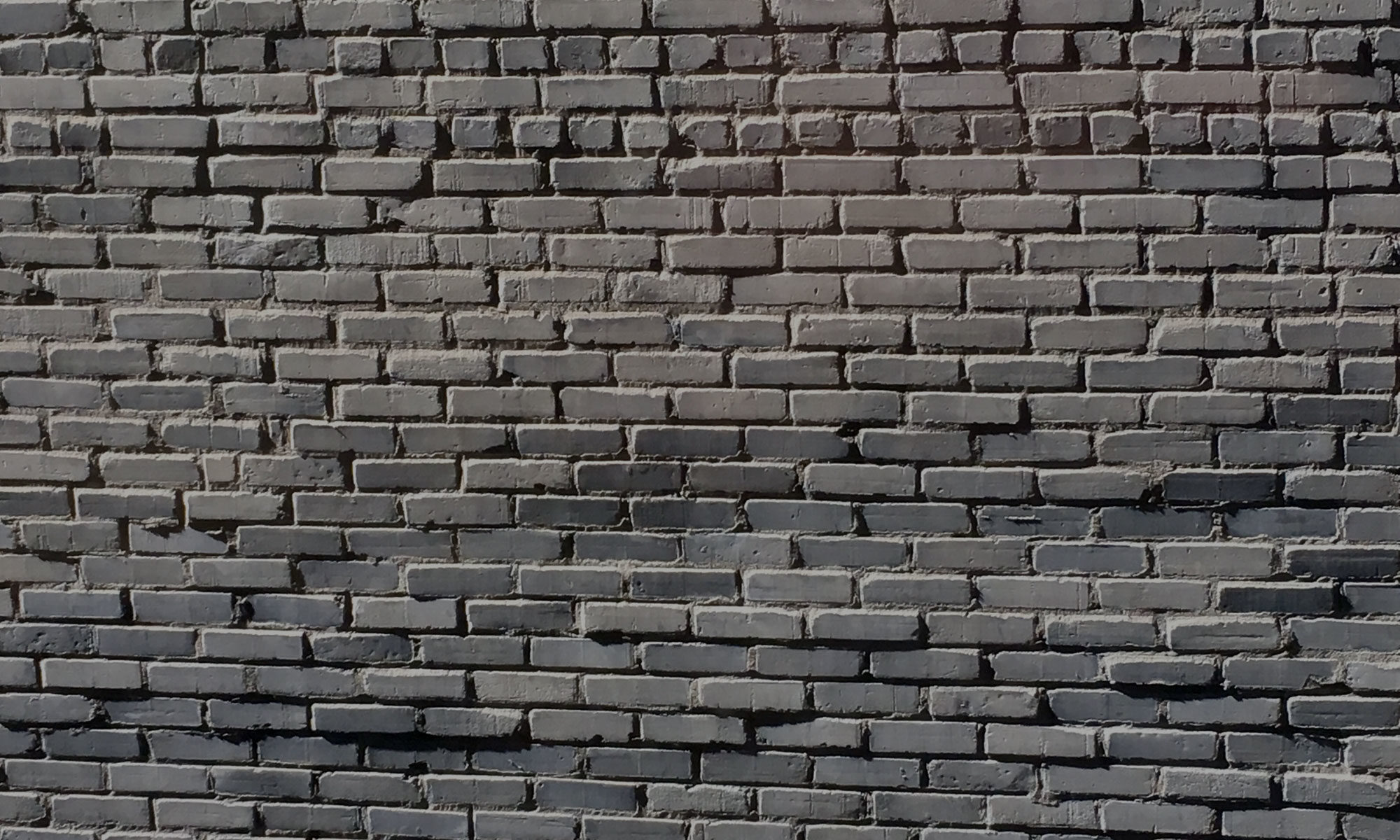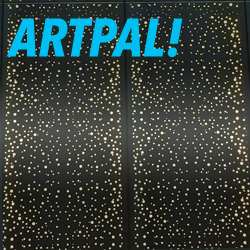William Howard and William Edmondson were certainly not insiders to the art world. Does that make their works—a writing desk (2012.11) and a sculpture of a ram (2013.56)—pieces of outsider art, though? Is “outsider art” a dangerous, loaded concept? Help! Don’t worry, Keith is here to help.
FULL EPISODE TEXT
Hi there! I’m Keith Pille, your art pal.
In this episode, we’re continuing our season one walk through a selection of objects on display at the Minneapolis institute of Art. We’re once again splitting our attention between two works. So, uh, however you dealt with that in the previous episode, I guess get ready to do it again.
The two pieces we’ll be talking about in this episode are a writing desk, made in about 1870 by William Howard, MIA Accession number 2012.11, and Ram, by William Edmondson, carved between 1938 and 1942, MIA accession number 2013.56. These Williams have more in common than their first names.
I know it seems incongruous to talk about a piece of decorative furniture and a sculpture, but these two works are closely linked. First, let’s talk about Howard’s writing desk.
From a distance, this desk doesn’t look too remarkable. I mean, it looks like a nicely-made desk, but nothing special. But when you get up close, it gets really cool. Howard decorated the flat vertical faces of the writing desk with objects in relief, arranged to fill the space. If we look, he’s got a sword, a gun, a couple of bottles, a boot, some cooking implements, a mason’s square, a real grab bag. I mentioned the sword and the gun first, though, for a reason. Howard was an enslaved person on a plantation in Mississippi until 1865, when the Civil War ended and he was freed. This is speculation on my part, then, but it seems pretty plausible to me that the Civil War and the implements used in it would still have been pretty prominent in his mind around 1870, when he built this desk as a free man.
You can see from the construction and design that Howard was a skilled woodworker; it’s also clear from the decoration and materials- this desk is partially made of tobacco boxes and shipping crates – that Howard was working pretty far outside of any sort of mainstream “fine art” furniture ecosystem. From what I’ve been able to find- and it’s entirely possible that the answer’s out there but I just haven’t seen it – I can’t tell who Howard actually made the desk for. Google Arts and Culture notes that he was living as a free man on his former plantation when he made it, and that it was handed down through an african american family in the area. That strikes me as particularly interesting, since it’s a writing desk made during Reconstruction and literacy among enslaved people had been tightly suppressed before and through the Civil War.
Let’s hit pause on Howard’s desk and walk over to (or pull up some pictures of) Edmondson’s Ram. This is a roughly-cut, impressionistic sculpture of a ram, worked out of a block of limestone. It’s certainly not made to be realistic; I mean, look at the face, which is almost abstracted out to a mask. Or at the piece’s anatomy and proportions. Instead, the sculpture conveys an impression. It almost feels symbolic, which is in keeping with Edmondson’s religiously-inspired body of work.
William Edmondson, a black man living in Tennessee in the first half of the 20th century, was not a trained artist. He just picked up a chisel and started carving because he felt drawn to the activity.
Like William Howard, then, Edmondson was working far outside of any fine-art mainstream (although in Edmondson’s case, the fine art world recognized him, with an exhibition at MoMA in the late 1930s). This lack of formal training and deviation from the mainstream doesn’t hinder the work; it remains a highly expressive piece regardless.
Edmondson and Howard are both examples of what gets called “outsider artists.” And maaaan is that a loaded term. In its most generous sense, it implies a recognition that there’s a defined fine-art space defended by gatekeepers, and that there’s all kinds of worthwhile art being made by people outside of that space, and we should acknowledge them. That’s not a terrible thing at all. But often, the outsider art tag carries an implication of condescension and exploitation, especially since the people flagged as outsider artists often wind up being people who are dealing with some sort of mental illness in a way that’s visible in their work. And it certainly says a lot that the supposedly less-loaded near-synonym for outsider art is naive art, which carries a value judgment right there in the name.
It’s not an accident that work from these two black artists falls into the fraught bucket of outsider art. The quote-unquote insider art world in America has always been a pretty exclusionary white space; if there were prominent exceptions to this, they were prominent for their exceptionality. If this has gotten better in the past few decades – and I think it definitely has, although there’s still a long way to go – it was definitely very much the case when William Edmondson and William Howard were working. Being black men without a lot of money, these two would have had basically no entree to the world of fine art, no matter what they made. I don’t love calling these works outsider art, because of all the baggage I was just talking about. But they certainly aren’t insider art. And I think that outside-the-mainstream perspective makes them and the stories behind them all the more interesting.
Thank you for listening to Art Pal. Again, I’m Keith Pille. You can find me on Twitter at @keithpille. If you liked the show, please spread the word or pop out to itunes and leave a review. And of course, go on and check out the rest of the season, there’s a lot more art to talk about.

